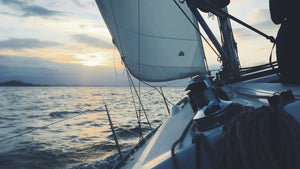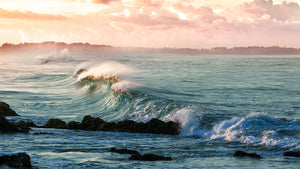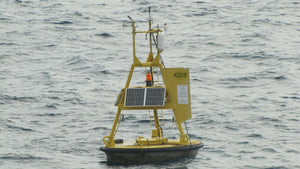
In 2000, Stanford marine ecologist Larry Crowder read an intriguing scientific paper that introduced the concept of mobile marine protected areas, or mMPAs – ocean sanctuaries whose boundaries can shift in space and time to protect animals that follow changing ocean features like the Gulf Stream. When the features moved, the protections moved with them.
"I remember thinking, ‘It’s a cool idea, but we can’t do it,’” said Crowder, the Edward Ricketts Provostial Professor in Stanford’s School of Humanities and Sciences and a senior fellow at the Stanford Woods Institute for the Environment.
Fast forward twenty years. The technological hurdles that once gave Crowder pause about the feasibility of mMPAs have largely been overcome. Remote sensing satellites can now track boats and fishing vessels anywhere on Earth in real time. GPS allows fishers to know instantly whether they’ve strayed into a protected area, even if the boundaries have changed. And scientists can remotely follow the movements of sharks, turtles, whales and other creatures and then use computer models to predict their future movements.





